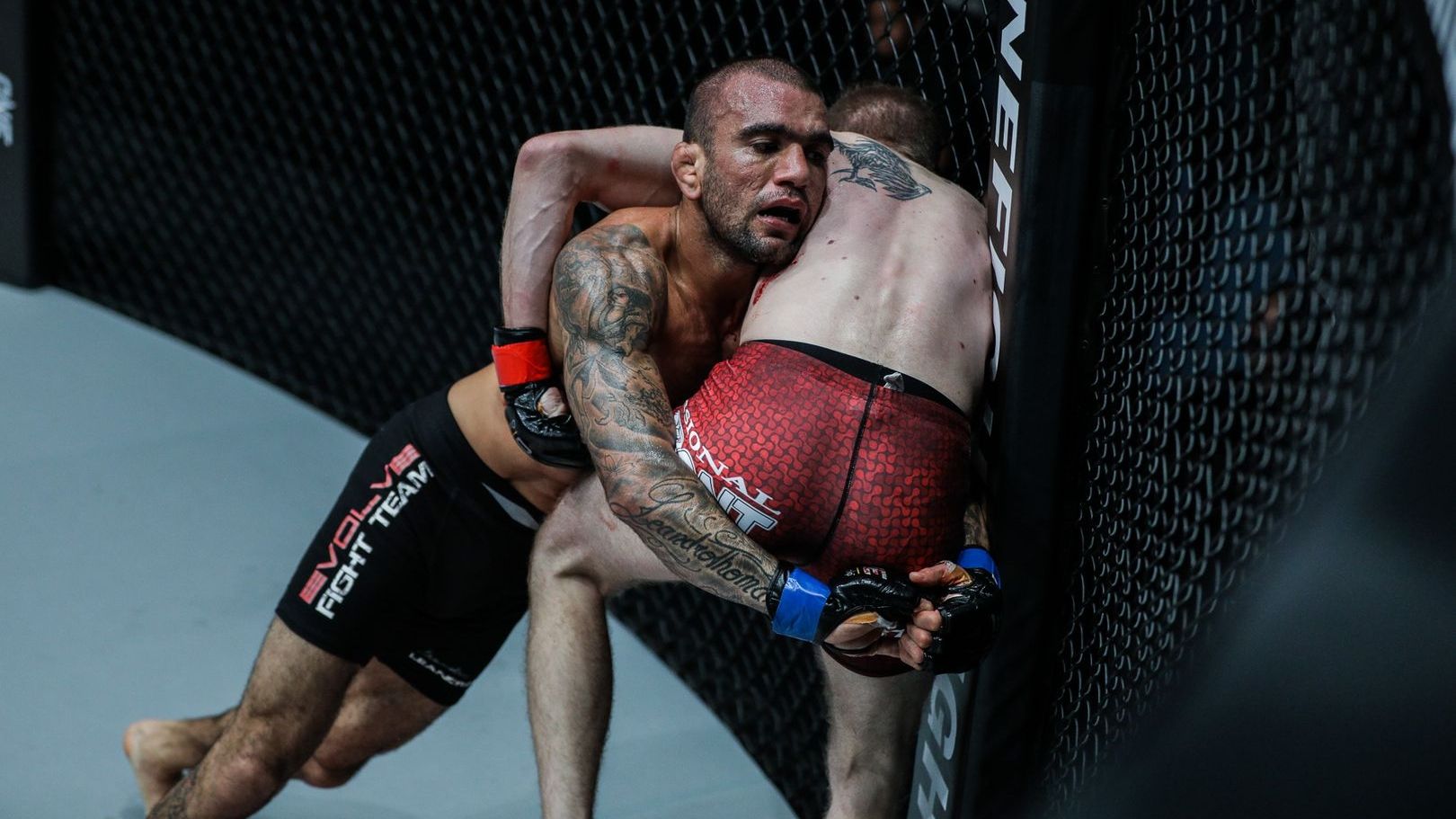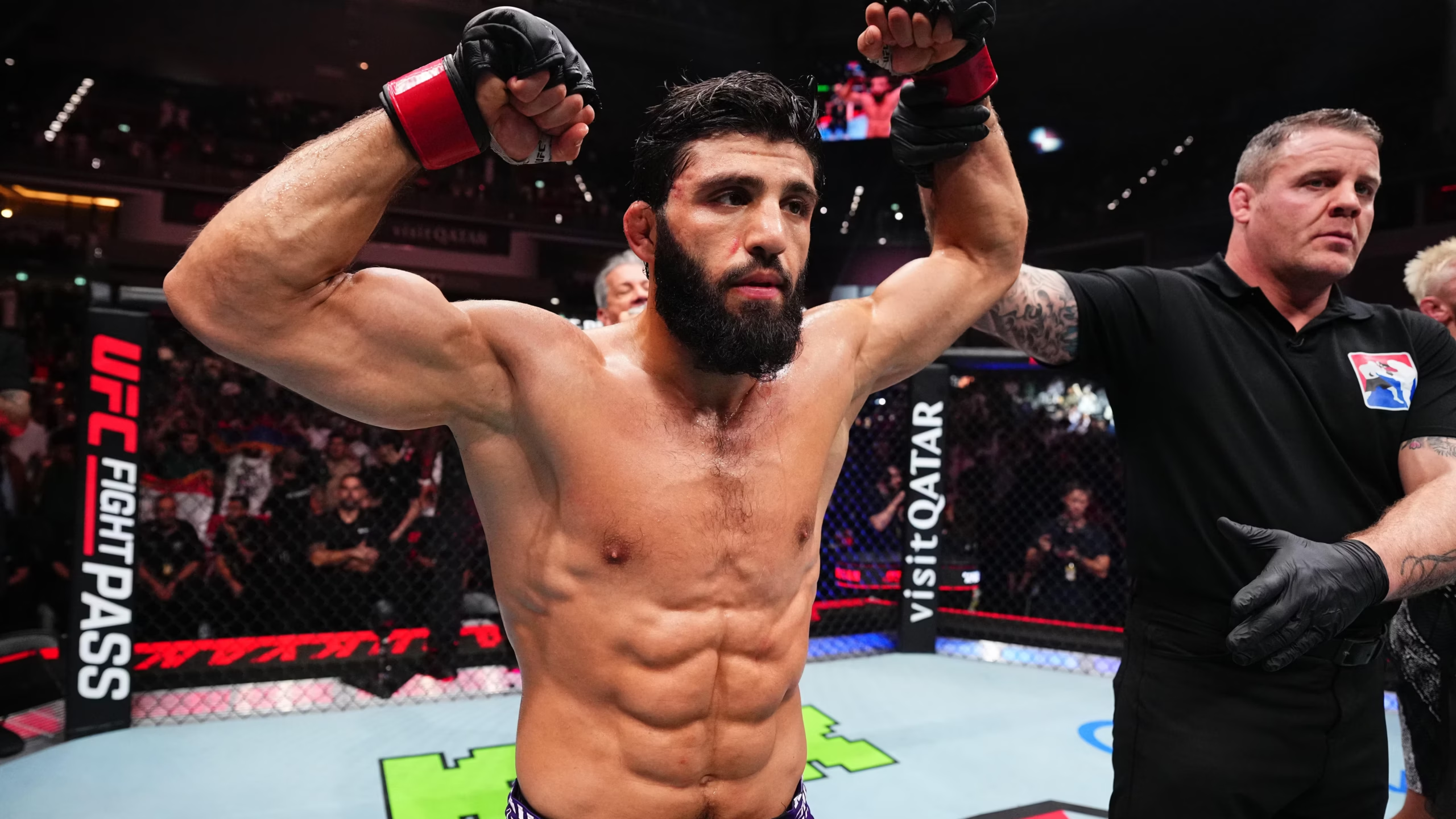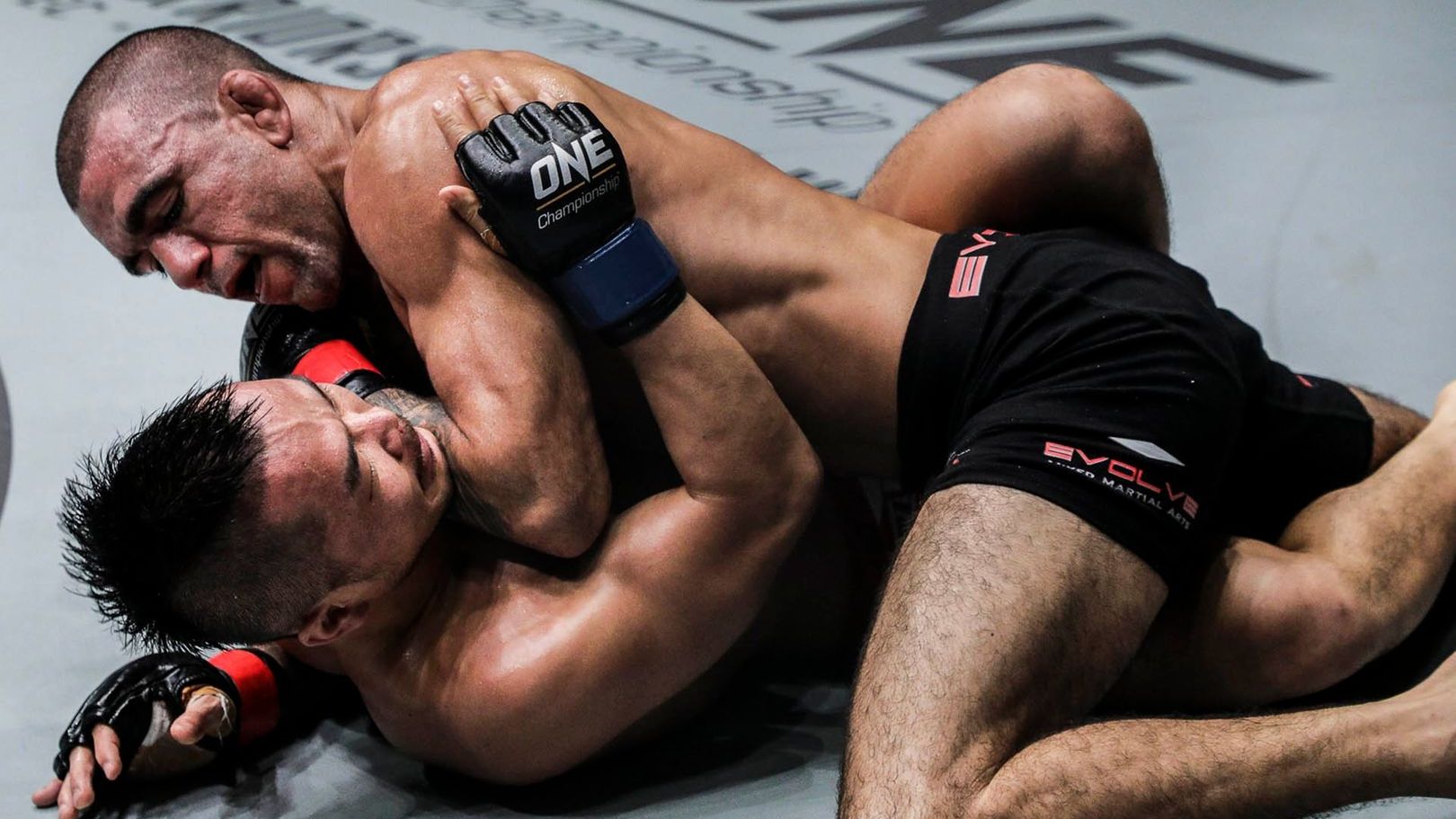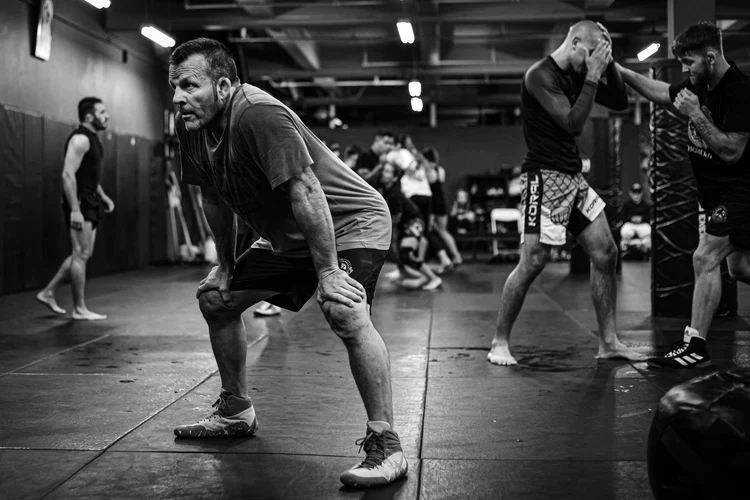UFC Octagon size explained (25-foot vs 30-foot): dimensions, tactics, finish rates
If you’ve ever heard commentators mention a “small cage,” this guide gives UFC octagon size explained in plain language. We cover official dimensions, why the UFC uses both 30-foot and 25-foot cages, how the smaller space changes tactics, and what long-running data says about finish rates. You’ll also get clear answers to the most-searched questions about UFC octagon size explained so you can link this article from event previews and fighter profiles.
Official dimensions (and what “30-foot” actually means)
The standard UFC Octagon has an interior fighting space of 30 feet across (≈9.1 m) with an exterior diameter of about 38 feet, a raised platform and a fence roughly 5’9″–6′ high. These are the specs the UFC itself publishes on its “The Octagon” page.
However, the promotion also uses a 25-foot Octagon variant in some venues—most famously at the UFC APEX in Las Vegas—where a smaller footprint is necessary. The APEX listing notes this 25-foot version is “typically used for smaller events and venues,” contrasting it with the standard 30-foot floor.
Quick reference:
- Large Octagon: 30′ across; exterior ≈38′; used for pay-per-views/arenas.
- Small Octagon: 25′ across; used at the APEX/TUF-style venues.
Why two sizes exist (logistics first, but it affects fights)
The smaller footprint exists primarily for venue logistics (studio shows, compact arenas). But once you dig into UFC octagon size explained, you’ll find consistent signals that the 25-foot cage changes how fights play out—from engagement distance to where exchanges take place.
What the data shows about finishes and pacing
Multiple long-horizon analyses have examined outcomes by cage size:
- Finish rates tend to be higher in smaller cages. A historical study across 3,156 Zuffa bouts (UFC/WEC) found shorter fights, more clinch time, and more submissions in the 25′ cage, with fewer decisions.
- 2020–2021 snapshots echoed the trend as APEX usage spiked: event roundups and modeling work estimated ~10–12% more finishes in the 25′ cage vs. the 30′ cage, driven especially by submissions. (One bookmaker-facing analysis pegged 56.3% finishes in small vs 43.9% in large cages during a studied window.)
These aren’t lab conditions—weight classes, matchups and calendars vary—but the direction is remarkably consistent: less space → more collisions and mat sequences → fewer decisions. That’s the heart of UFC octagon size explained.
Tactics: who benefits from the 25-foot cage?
- Pressure strikers & clinch wrestlers often gain. With less lateral room, cutting the cage happens faster, forcing exchanges along the fence and giving grinders more bite on clinch entries. Analytics note more clinch control and lower success for long-range shots, which helps pressure styles.
- Counter strikers & outside kickers must adjust. They still win in small cages, but exits are shorter and resets are fewer, making defensive footwork and angles more precious.
- Submission hunters quietly thrive. Across samples, the submission share of finishes increases in the small cage, consistent with more fence clinches and scrambles that expose the neck/back.
Myth-busting the “it’s only five feet” line
Calling it “only five feet smaller” is misleading. The area of a 25′ regular octagon is ~30% less than a 30′ octagon, so available real estate shrinks substantially—hence the faster engagements and compressed ranges. (Handicapping deep-dives routinely emphasize this scaling effect.)
Where you’ll actually see each size
- 30′ Octagon: Most PPVs and large-arena Fight Nights.
- 25′ Octagon: UFC APEX studio shows, some Ultimate Fighter finales and smaller venues where floor space is limited.
FAQs — UFC octagon size explained
How big is the UFC Octagon?
Standard is 30 feet across inside; exterior ≈ 38 feet; fence ≈ 5’9″–6′ high.
What is the “small Octagon”?
A 25-foot version used at the APEX and select venues
Does the small Octagon mean more knockouts?
The effect tends to show up more in submissions and overall finishes than in pure KO spikes. Several datasets show more subs and fewer decisions in 25′ cages.
Is the small octagon “unfair”?
No—both athletes share the same space. But matchup dynamics matter. Pressure wrestlers and clinch-first fighters may get a slight stylistic edge, which is worth noting in previews and betting analysis.
Why doesn’t the UFC always tell fans which size is used?
It’s a venue/logistics choice rather than a rules change. Studio shows (APEX) default to 25′; arenas typically get 30′.
MMAailm.ee is a premier MMA blog committed to delivering comprehensive analysis, up-to-the-minute news, and exclusive insights into the global landscape of mixed martial arts. Catering to passionate MMA enthusiasts worldwide, MMAailm.ee covers everything from fight night breakdowns and athlete performances to technical evolutions and behind-the-scenes narratives. Our mission is to bridge the gap between fans and the ever-evolving world of MMA through timely information and engaging content.
Latest articles
-
Cage cutting in MMA explained: pressure, footwork and cage control
-
UFC Fight Night Tsarukyan vs Hooker results and review from Qatar
-
Ground and pound in MMA explained: positions, defense & training
-
Las Vegas mecca of fight sports – and the next F1 powerhouse?
-
UFC Fight Night Tsarukyan vs Hooker preview, start time and full card
-
UFC and F1 mental game: how champions handle pressure






